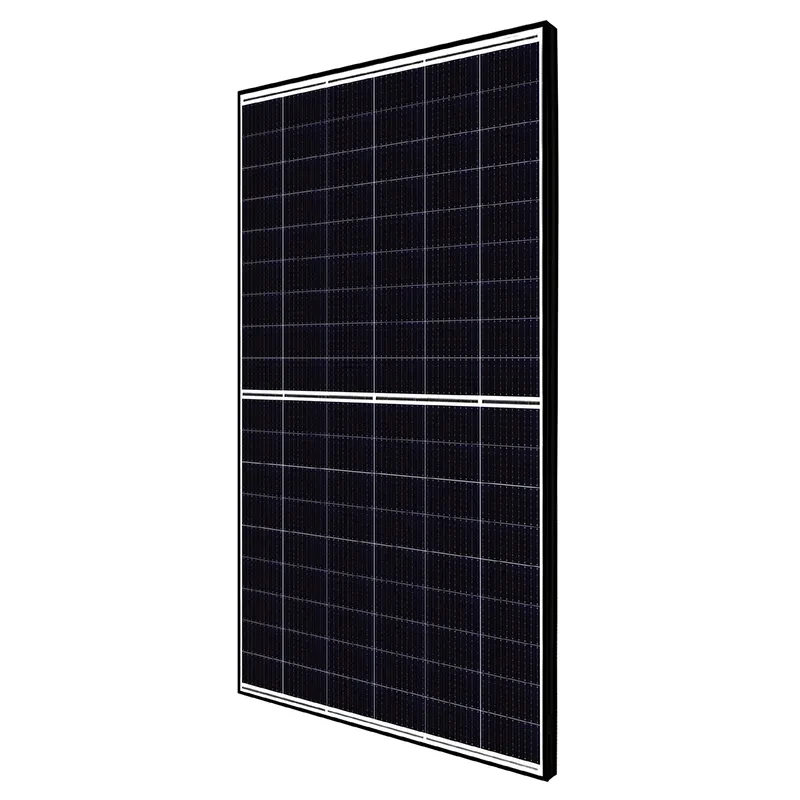pv bifacial
Understanding PV Bifacial Technology Revolutionizing Solar Energy
In recent years, photovoltaic (PV) technology has made significant strides, contributing to the global shift toward renewable energy. Among the innovative advancements, bifacial solar panels have emerged as a game-changer in the solar energy landscape. This article delves into the concept of bifacial PV technology, its advantages, applications, and potential to reshape the future of solar energy.
What are Bifacial Solar Panels?
Bifacial solar panels are unique in that they can capture sunlight from both their front and rear sides. Unlike traditional monofacial panels that only harness sunlight from one side, bifacial panels utilize transparent backs, which allows them to absorb reflected sunlight, or albedo, from surrounding surfaces such as soil, sand, or water. This design enhances their overall efficiency and energy output, making them an attractive option for solar developers and consumers alike.
Advantages of Bifacial Technology
1. Increased Energy Output One of the most significant benefits of bifacial solar panels is their ability to generate more electricity. Studies have shown that bifacial panels can produce between 10% to 30% more energy compared to their monofacial counterparts, especially in environments with high albedo, like snowy or sandy areas. This increase in energy yield translates into a shorter payback period and higher returns on investment for solar projects.
2. Durability and Longevity Bifacial panels are typically built with robust materials designed to withstand environmental stresses. Their construction often involves high-quality glass and protective coatings that enhance their durability. As a result, these panels often have longer lifespans, which aligns with the need for sustainable solutions in energy production.
3. Versatile Installation Options Bifacial solar panels can be installed in various configurations. Whether mounted on rooftops, solar farms, or ground-mounted systems, their ability to collect light from both sides allows for flexible installation. This versatility means that they can be optimized based on the specific site conditions, maximizing energy capture and efficiency.
pv bifacial

4. Environmental Benefits In addition to increasing energy output, bifacial technology promotes sustainability by optimizing land use. Solar farms utilizing bifacial panels can maximize energy generation without necessitating additional land clearing, preserving natural habitats and biodiversity.
Applications of Bifacial Solar Technology
Bifacial solar panels are suitable for a variety of applications, including utility-scale solar farms, commercial projects, and residential installations. Their enhanced efficiency makes them particularly appealing for large-scale solar operations where maximizing output and minimizing costs are critical. Additionally, they play a vital role in off-grid power systems, where every bit of captured sunlight can make a significant difference.
Moreover, bifacial technology is gaining traction in emerging markets as governments and businesses look for clean energy solutions. Countries with abundant sunlight, such as those in the Middle East, North Africa, and parts of South Asia, can benefit immensely from the efficiency gains offered by bifacial panels.
The Future of Bifacial Technology
As the solar energy sector continues to grow, bifacial technology is poised to play a pivotal role in its evolution. Ongoing research and development are focused on optimizing panel designs, improving manufacturing processes, and reducing costs. With further advancements, bifacial solar panels will likely become a standard in the industry, contributing to a more sustainable and energy-efficient future.
In summary, PV bifacial technology offers a promising solution for maximizing energy generation in solar power systems. Its ability to harness sunlight from both sides, combined with its durability and versatility, positions it as a key player in the ongoing transition to renewable energy. As we look forward, investing in bifacial technology may be instrumental in meeting global energy needs while addressing environmental concerns.
-
String Solar Inverter: The High-Efficiency Solution for Smart Solar EnergyNewsJul.14,2025
-
Revolutionizing Rooftop Energy with the Power of the Micro Solar InverterNewsJul.14,2025
-
Power Independence with Smart Off Grid Solar Inverter SolutionsNewsJul.14,2025
-
On Grid Solar Inverter: Powering the Future with Smart Grid IntegrationNewsJul.14,2025
-
Monocrystalline Solar Panels: High-Efficiency Power for the Future of Clean EnergyNewsJul.14,2025
-
Bifacial Solar Panel: A Smarter Investment for Next-Generation Energy SystemsNewsJul.14,2025







